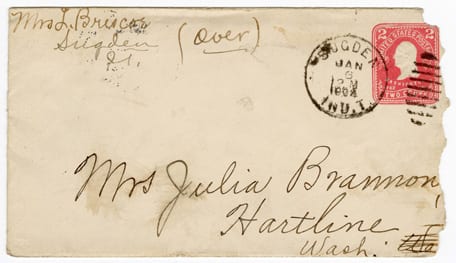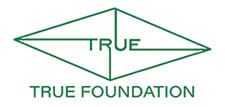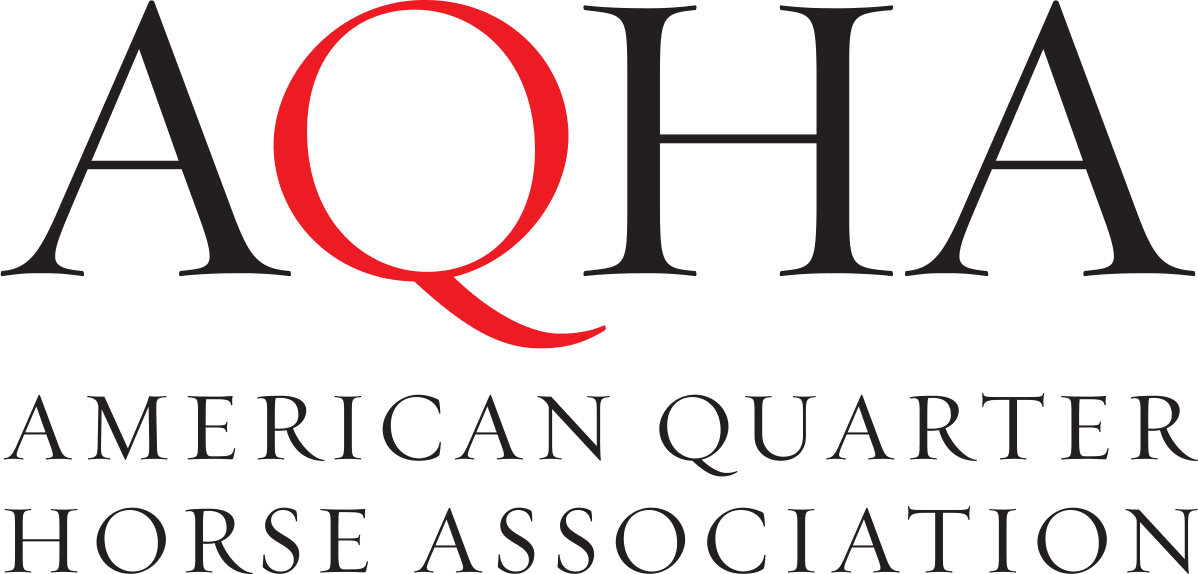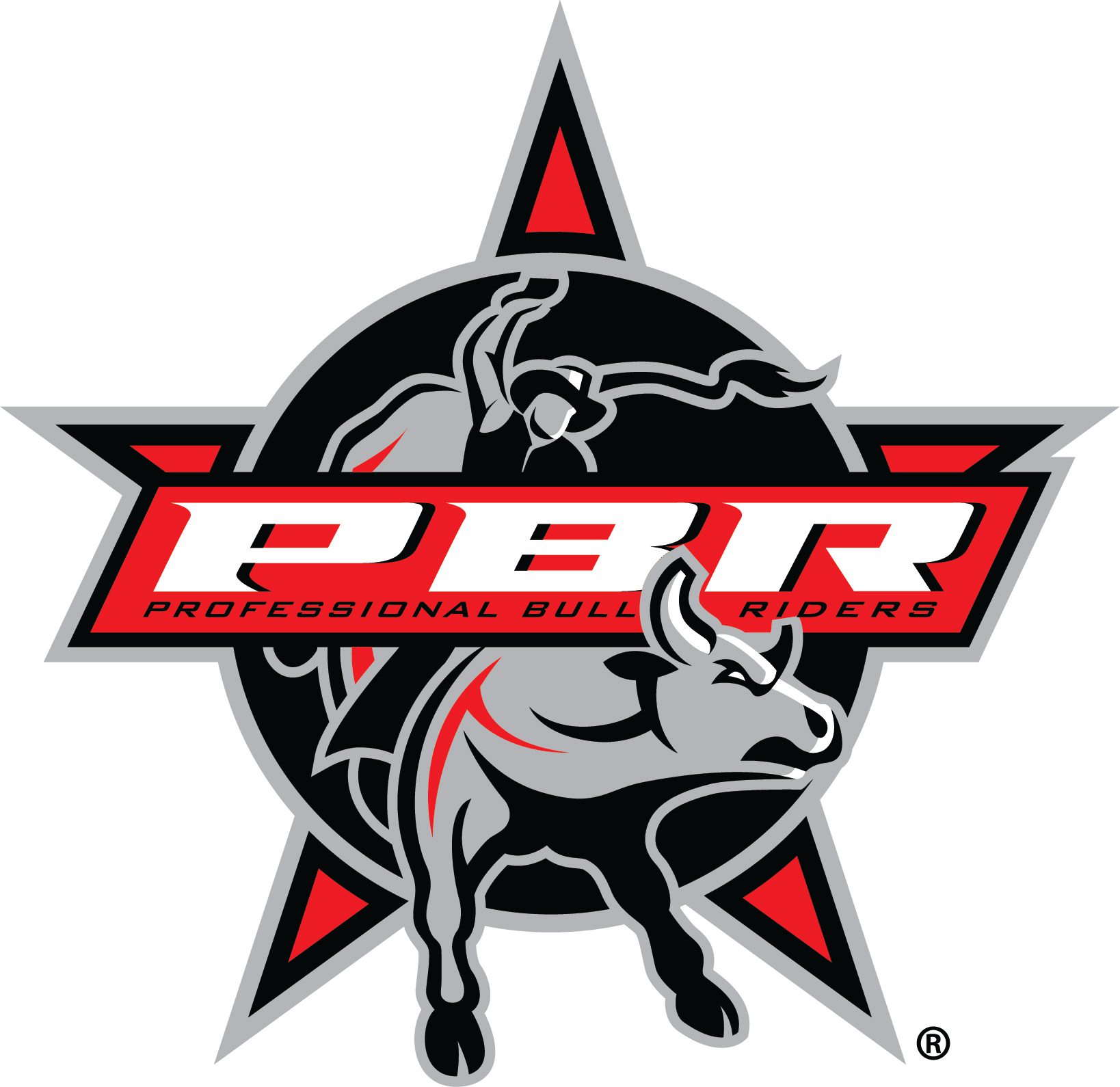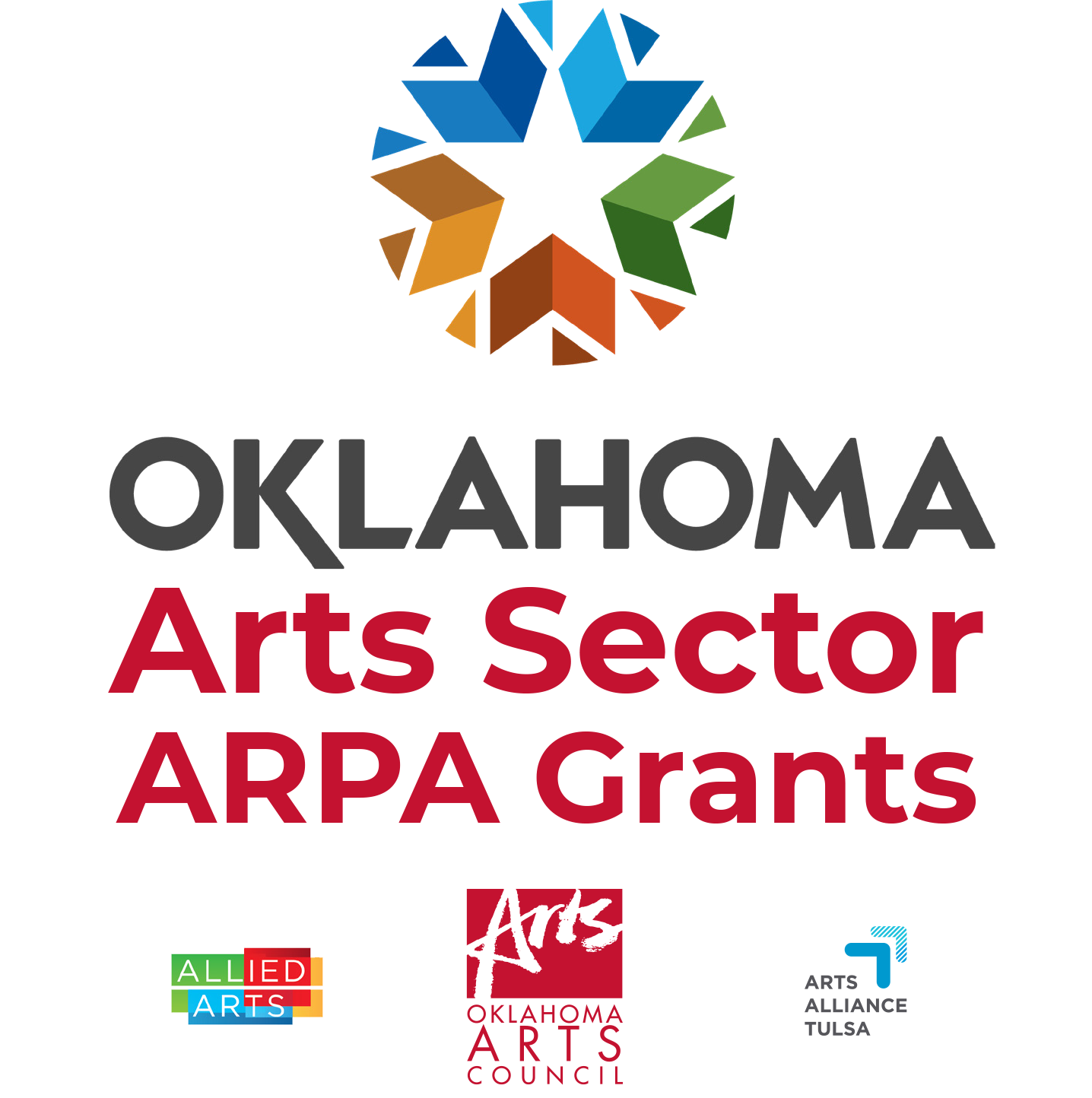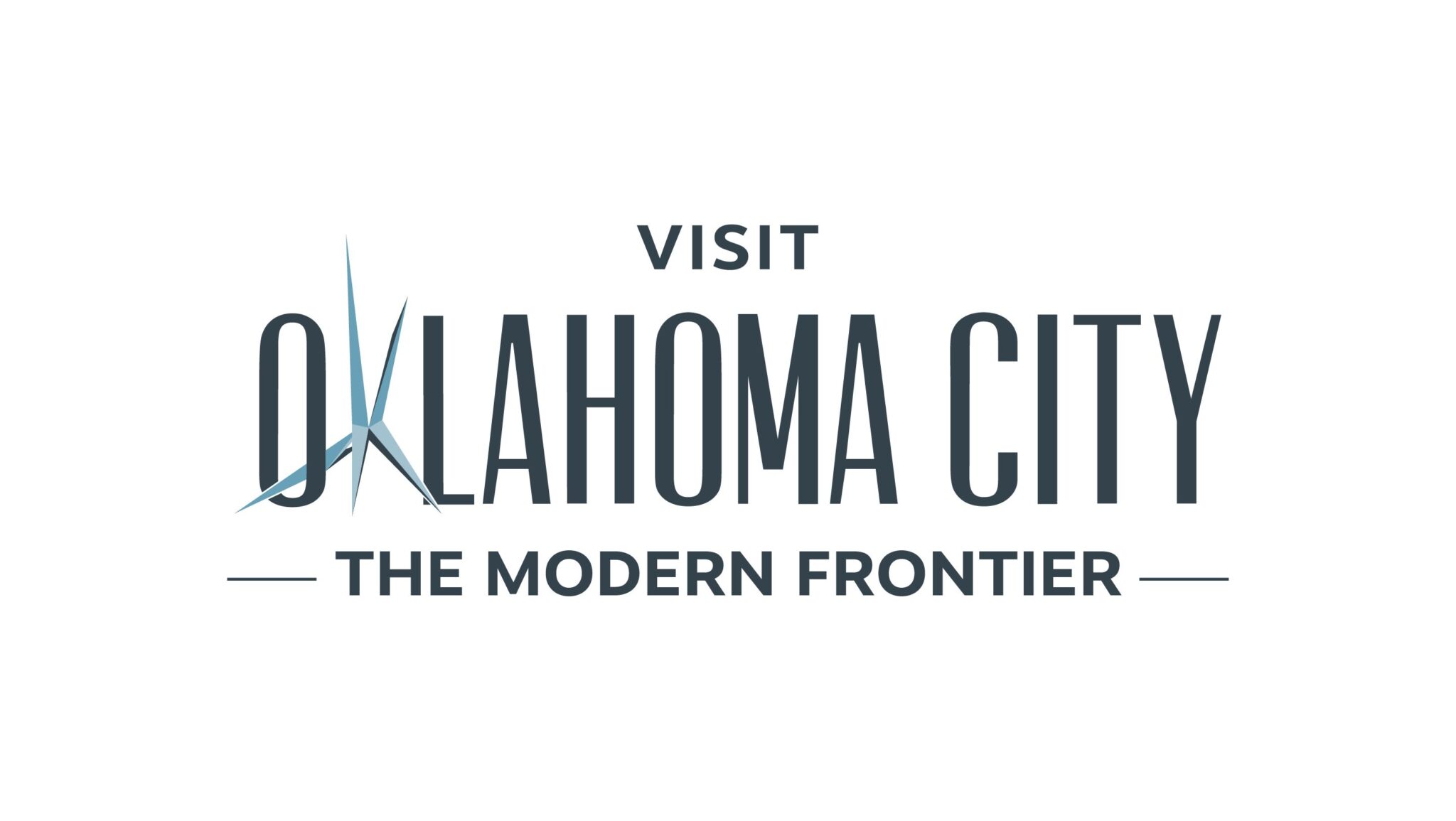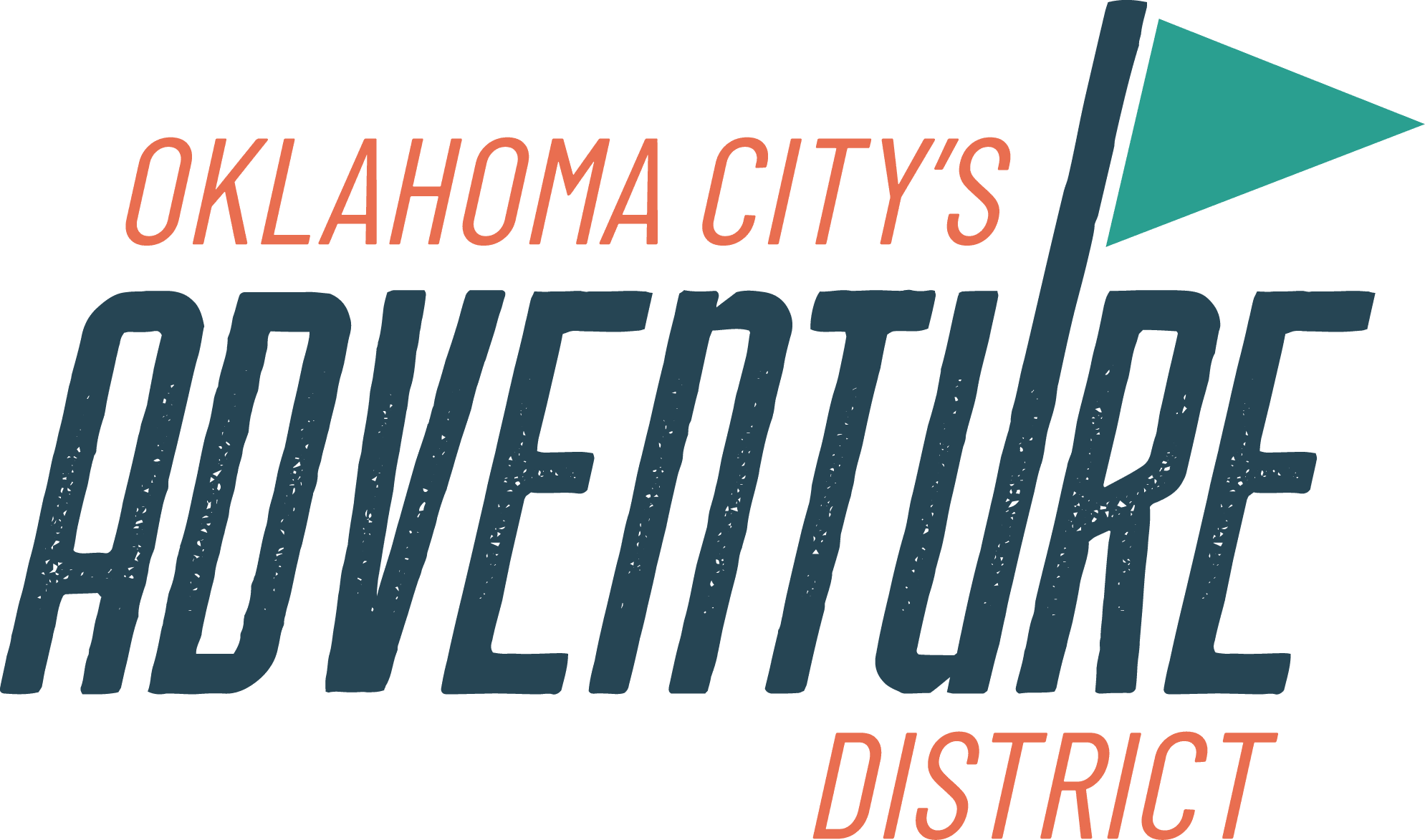Today we’re launching a new blog series called “Voices from the West,” featuring audio recordings of historical documents from the Museum’s Dickinson Research Center. Our goal is to show that history is more than a timeline. At its core, it’s about people. And not just the famous and infamous, but the everyday and ordinary. Mothers and daughters, fathers and husbands, brothers and sisters, family and friends. The Dickinson Research Center preserves and shares these stories, revealing the American West one photograph, one diary and one voice at a time.
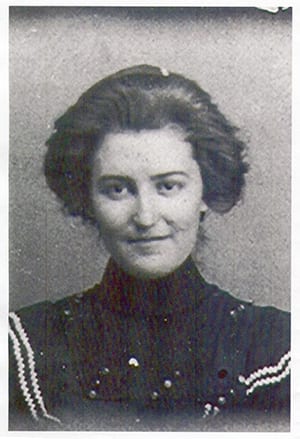
Lula Brannon Briscoe, ca. 1903. Courtesy of the Brannon/Briscoe family
About Lula
More than a century separates us from Louisa Brannon Briscoe, the young woman who wrote our first selection of letters, but we have more in common with “Lula” than we might realize. In 1903, she was navigating a life recently upended by unexpected events…sound familiar? The oldest of six children, she had moved with her family from Texas to the Chickasaw Nation in 1898. They settled in Sugden, a small community near today’s Texas border that consisted primarily of farmers, including Robert Willis Briscoe. He and Lula married on Friday, December 13th, 1901, but had little time to celebrate. In early January, Lula’s father, Thatcher, passed away from pneumonia. Her mother, Julia, made the difficult decision to leave Indian Territory with her five young children and move to Hartline, Washington, to be near her brother.
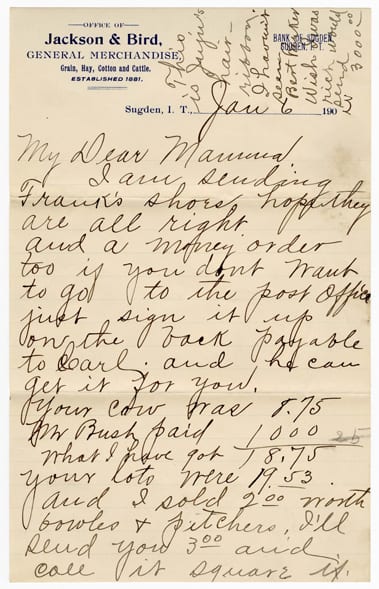
The Letters
Lula missed her mother and brothers and sisters but had no time for self-pity. Instead, she picked up a pen. In the early 1900s, letters were not the novelty they are today. They were a lifeline. Without email, Instagram, texting, or FaceTime, people stayed connected through paper and pen.
Lula’s frequent letters are informal and conversational and as she chats with her mom and updates her on day to day life, the 2,000 miles between them vanishes. Local gossip, the weather, housework, gardening, farming, her job at the general store, her work as a postmistress, her growing family, her request for a cake recipe—anything and everything that crossed Lula’s mind crosses the page. Her letters are a testament not only to the life she created as a young wife, but to the enduring and powerful bond between a mother and daughter.
Listen Now
[audio mp3="https://nationalcowboymuseum.org/wp-content/uploads/2020/09/1-01061903.mp3"][/audio]Fun Fact
Lula mentions a “turnover collar” in this letter. Here’s an example of a turnover collar from a Sears, Roebuck and Company catalog, circa 1902.

“Women’s Neckwear” from Sears, Roebuck, and Company Catalog, ca. 1902. Glenn D. Shirley Western Americana Collection. Dickinson Research Center. National Cowboy & Western Heritage Museum.
